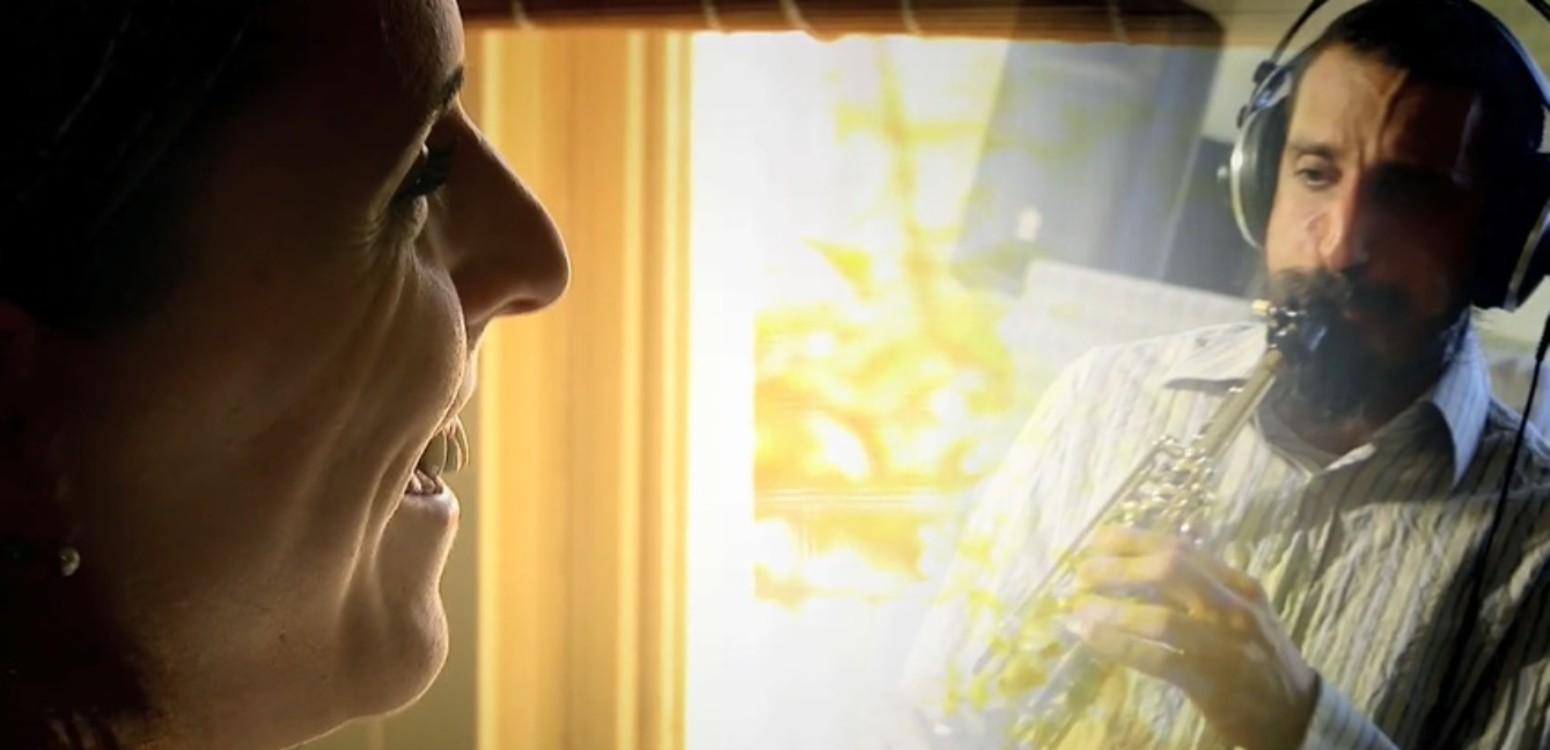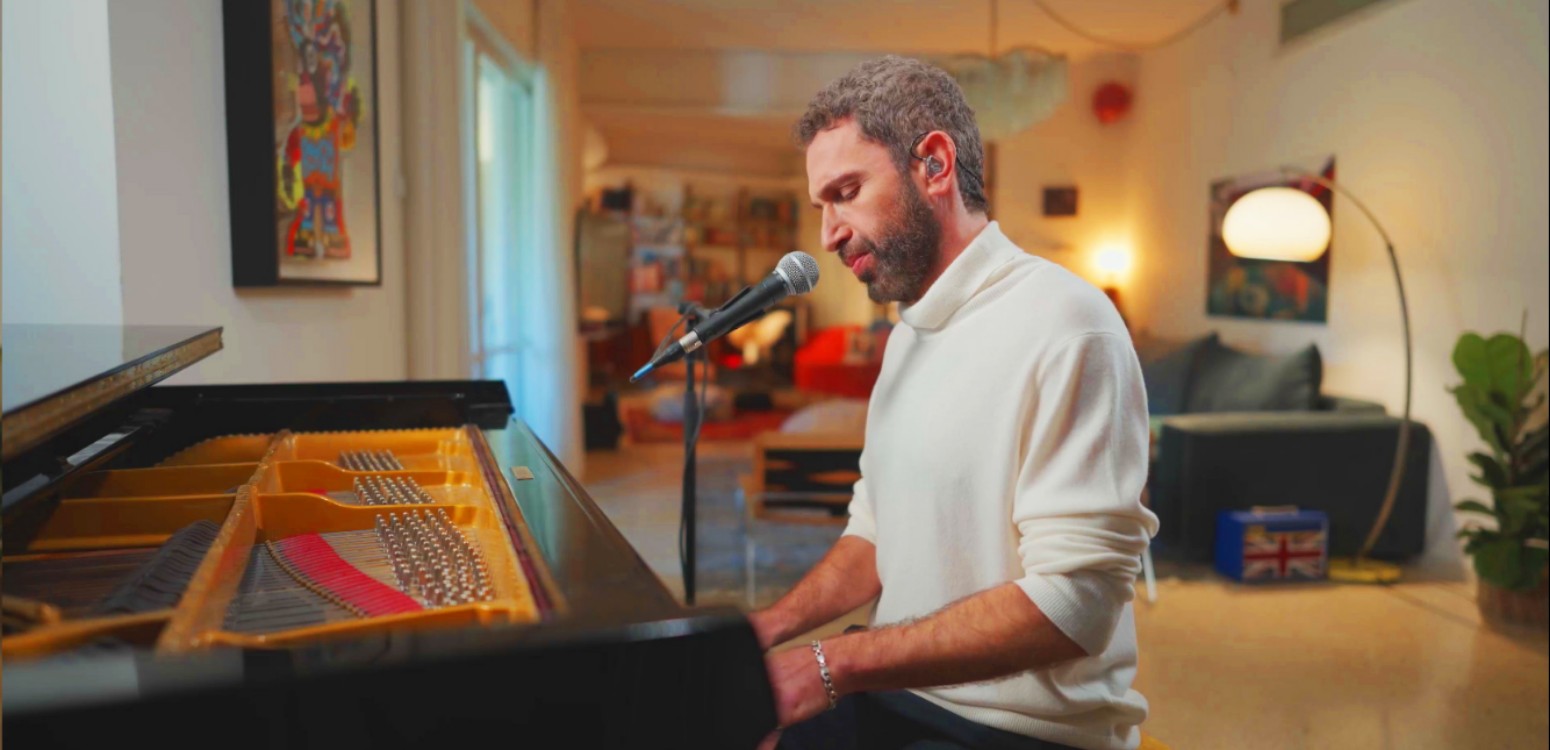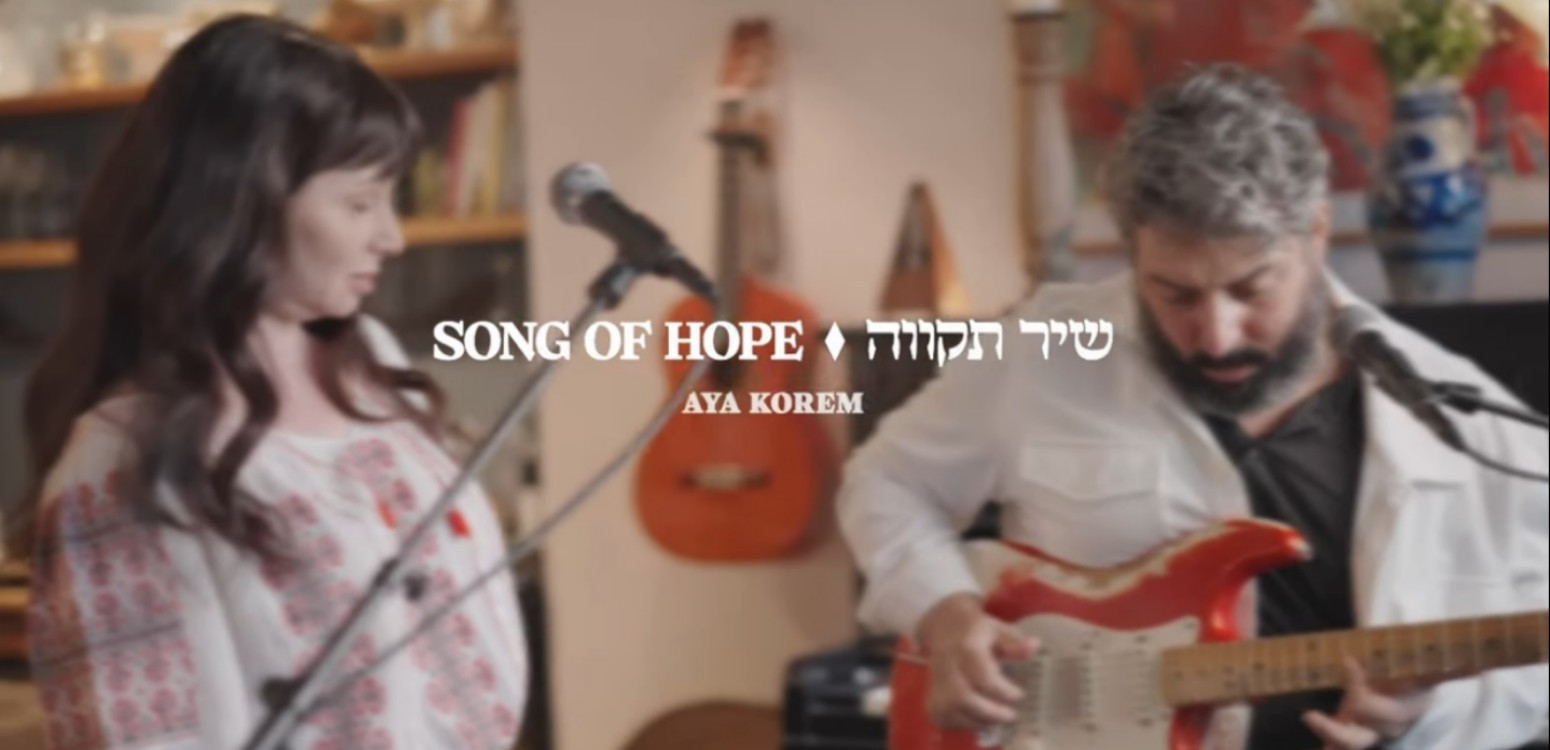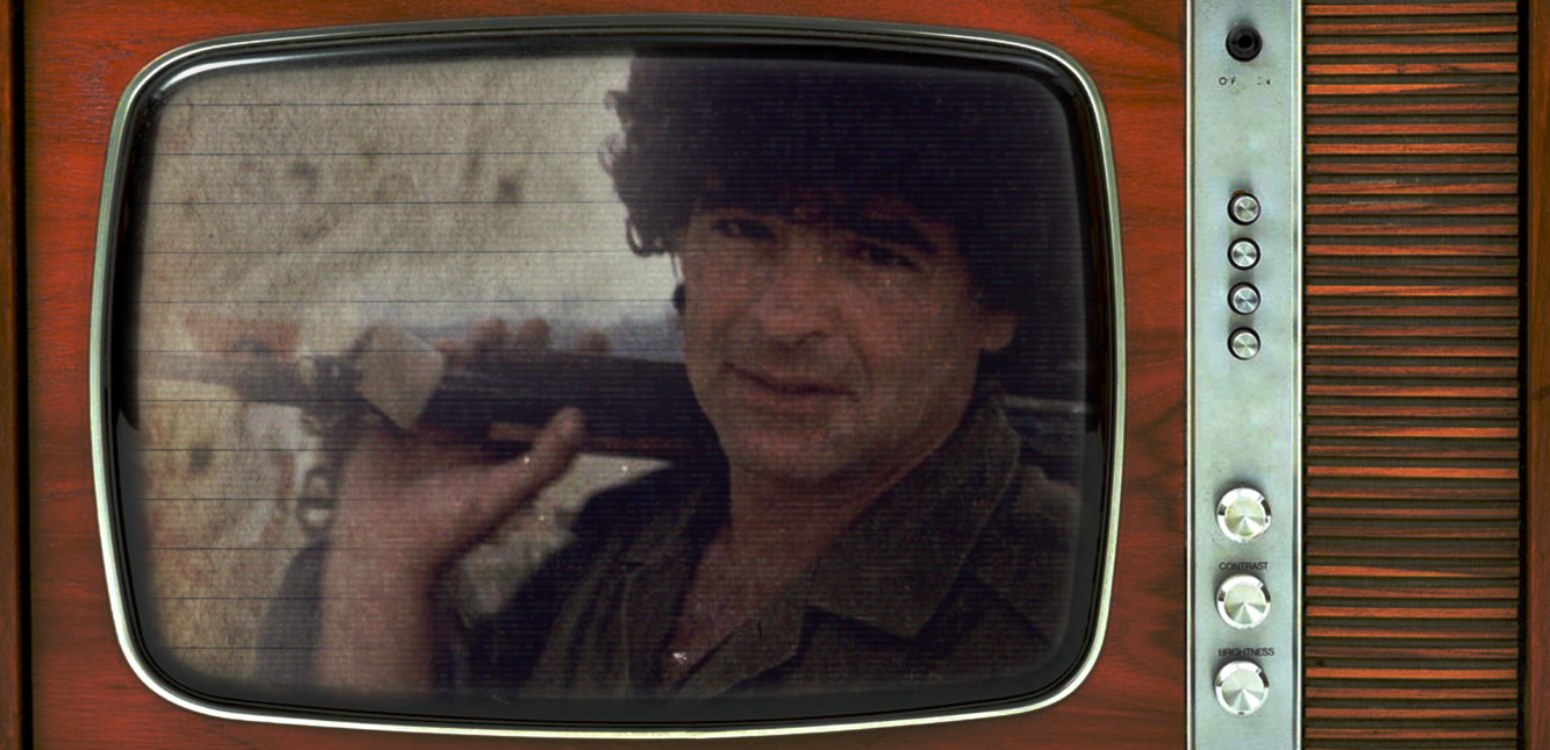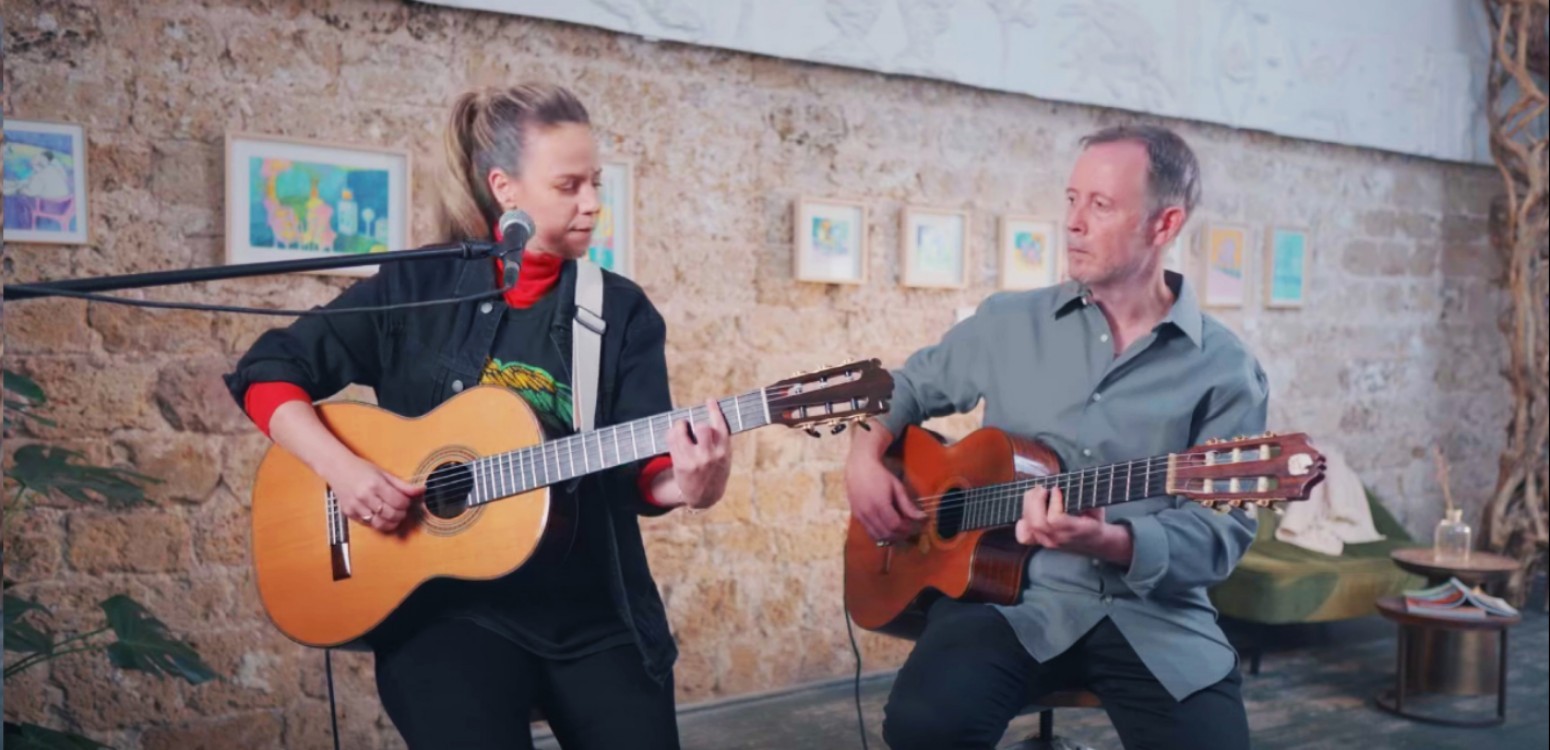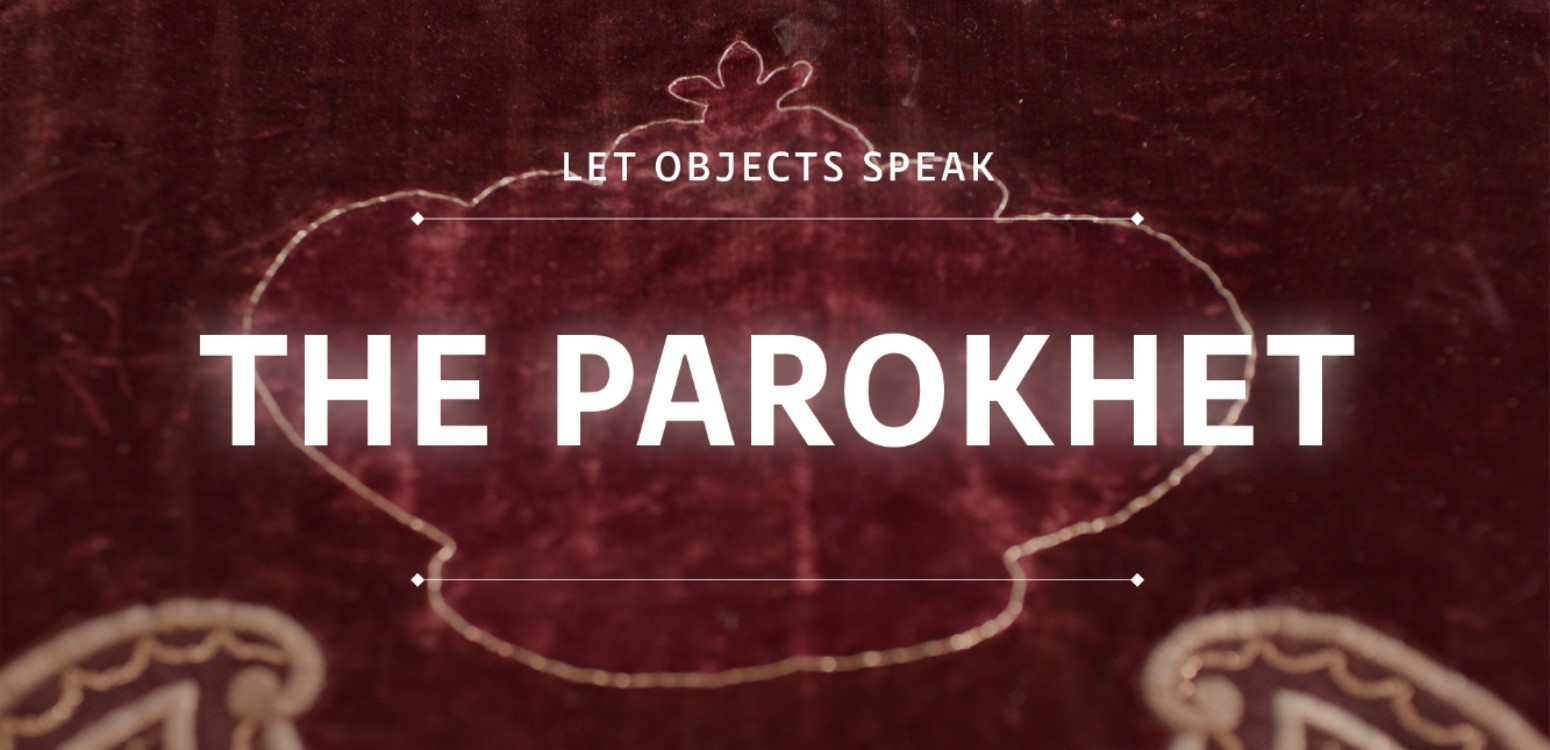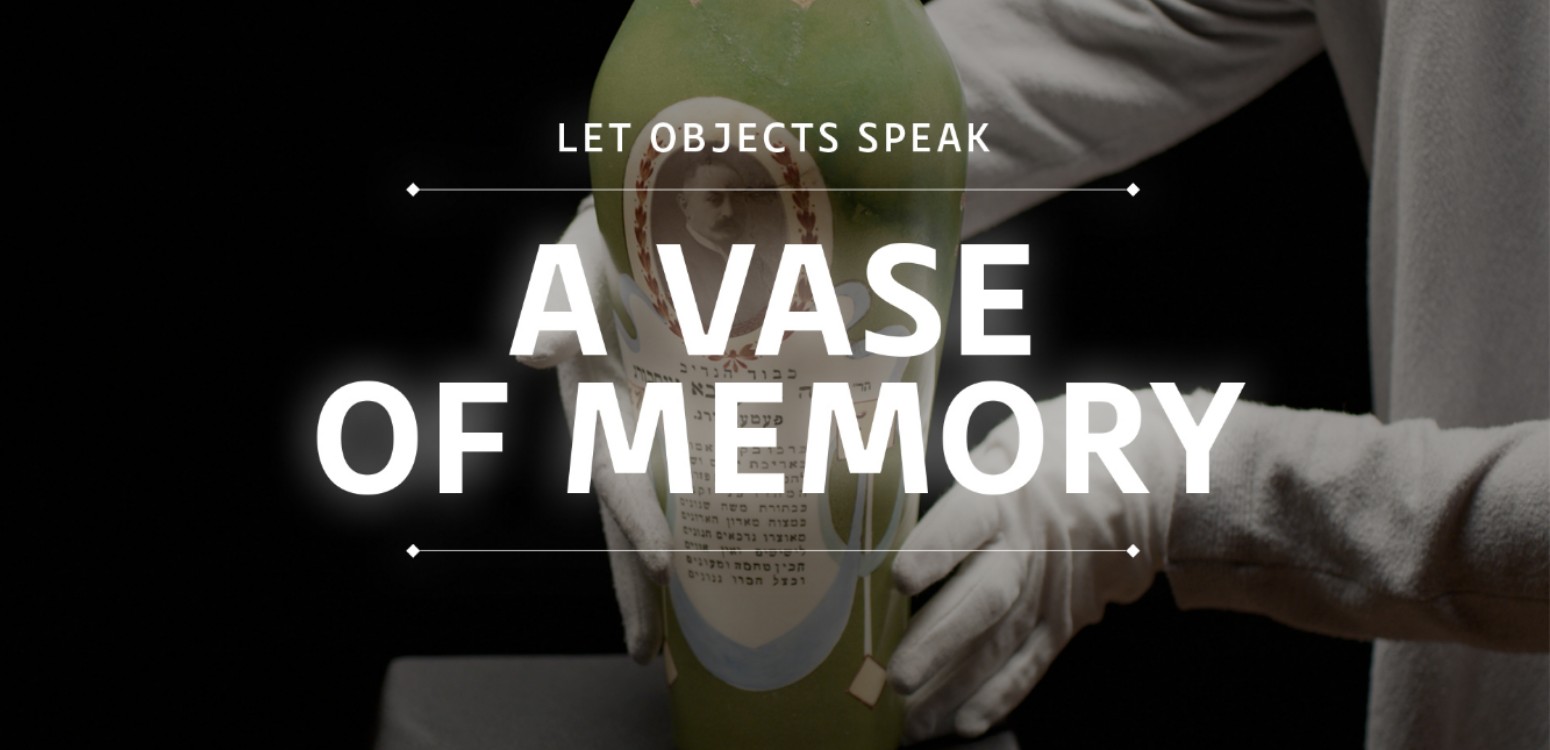
Rabbi Chaim of Volozhin, Rabbi Kook and Bialik – three key figures in Jewish thought and three concepts of what Torah study is
In the introduction to the Zohar, Tikkun Leil Shavuot is described, which is the study order intended for the eve of the holiday of Shavuot. The custom to study Torah through the night is set out in terms taken from the world of marital relationships. The Zohar says that Rabbi Shimon bar Yochai was studying the Torah “on the night when the bride unites with her husband. And all the friends present in the bridal chamber on that night must be with the bride this whole night and rejoice with her in her preparations – study the Torah, the Prophets, the Holy Scriptures, the Mikra and the secrets of wisdom, for these preparations are the bride’s adornments.”
The scholars are compared to the attendants of the bride who decorate her on the eve of her wedding; the ornaments and jewels are the words of the Torah that adorn the bride before her exciting wedding day – which is none other than the day of the giving of the Torah, the holiday of Shavuot.
The conflation of the holiday of Shavuot and the holiday of the giving of the Torah happened only after the biblical period, but since then these two events have been connected to each other. The holiday of Shavuot is one of the main opportunities in the Jewish calendar to immerse oneself in studying and deepening one’s understanding of the texts from the Jewish canon. But one of the interesting things is that thinkers and sages from different historical periods understood this tradition in different ways. That is, the concept of what the Torah is and what “Torah study” means is defined according to the ideological movements at any given moment. That is why we have such a complex picture of what it means to study the Torah. A wide range of different interpretations of the term “Torah study” lies beyond the scope of this article (Professor Hannah Kehat addressed this topic in her interesting book “When the Torah became Talmud Torah”). Here I would like to mention some of the thinkers who have been prominent in the Jewish world in the last 200 years and understood Torah study in different ways.
The high was turned into the low
When discussing the study of the Torah in the modern era, it is appropriate to start with Rabbi Chaim of Volozhin, one of the disciples of the Vilna Gaon. Rabbi Chaim founded the Volozhin yeshiva, which is considered to have been the first modern yeshiva. Volozhin soon became the symbol of the yeshiva world and a role model for other yeshivas that sought to resemble the institution that radiated prestige and intellectual excellence. In his main work, “Nefesh Ha-Chaim” (“Living Soul”), Rabbi Chaim outlines his religious worldview, and in the fourth part of the book addresses the question of Torah study. In the 34 chapters of the fourth part, Rabbi Chaim, following his teacher, the Vilna Gaon, emphasizes the importance of “the Torah for its own sake” – the crucial role the Torah plays on the religious agenda.
Rabbi Chaim’s words must be seen in the Jewish cultural context of the time. They were written as the concept of Torah study was also developed in Hasidism, which pushed aside the importance of intellectual study in favor of other religious values, such as prayer and devotion to God. As a scholar, Rabbi Chaim seeks to bring Torah learning back to the forefront as a central value. In “Nefesh Ha-Chaim” he openly writes that “in these generations, with our many wrongdoings, the high was turned into the low, as so many dedicated their learning most of the days only to the books of reverence and morality”. The reference here is of course to Hasidism, which focused most of its Torah study efforts on the texts of morality and faith, and degraded, in Rabbi Chaim’s view, the study of the Torah. Instead, Rabbi Chaim of Volozhin asks to place the detailed examination of the Babylonian Talmud back at the center of the religious practice.
According to Rabbi Chaim of Volozhin, the Torah is the guarantor of the existence of the world. Thanks to the Torah, the physical world exists, and if it weren’t for the Torah students who are constantly diligently studying, the world would have been destroyed. In this Rabbi Chaim relies on Talmudic sayings, but the choice to make them the highlight of religious life is an ideological choice which left a dramatic mark on the world of Lithuanian yeshivas that has developed since then. The belief in the Torah that holds the world together is still prevalent in this tradition and is directly influenced by “Nefesh Ha-Chaim”. To a large extent, Rabbi Chaim of Volozhin's book planted the seeds for the development of the Litvaks (the Lithuanian movement), and later – for the development of the yeshiva community in the State of Israel.
The middle point between two extremes
The figure of Rabbi Chaim of Volozhin looms large over the people I will mention next, chief among them being Rabbi Abraham Isaac Kook, the first Chief Rabbi of the Land of Israel and the spiritual forefather of religious Zionism. Rabbi Kook was influenced by the Lithuanian tradition of Rabbi Chaim, but he also had other sources of inspiration: Hassidic thought, the Haskalah, modernism, philosophy, and finally – Zionism. Rabbi Kook differs from the classical Lithuanian scholar whom Rabbi Chaim sees as the ideal, first and foremost in that he expands the scholarly canon: his Torah study includes not only the study of Gemara, but many other sources as well, such as Kabbalah and the occult, as well as general literature. This doesn’t mean that Rabbi Kook considers all these fields to be equal in status. However, his worldview, which saw all of reality as “holy”, and therefore also the secular manifestations of reality as stemming from the same divine source, was fertile ground for education whose boundaries are fluid, and which includes dealing with the sources of general thought, as well as Halakha, Hasidism and Kabbalah.
Rabbi Kook’s ambition was to create a framework that would also allow the religious-national public to join the modern project of learning the Torah, thus severing its complete identification with the tradition of Rabbi Chaim. Indeed, in the eyes of many religious-Zionist scholars, Rabbi Kook is seen not only as a thinker and a theologian who formulated the most deeply rooted religious-national codes, but also as an example of a revered teacher and a Talmid Chakham that the rabbis of the generations to come relied on. If Rabbi Chaim of Volozhin’s movement was characterized by a reaction to Hasidism and an urgent need to place Torah learning at the center, Rabbi Kook distanced himself from this Lithuanian tradition. According to Rabbi Kook, studying the Torah is not only an intellectual experience, but an experience that is related to additional layers in a person’s life to do with his soul and mind..jpeg)
Here, too, there is a marked difference from the thought of Rabbi Chaim of Volozhin. Rabbi Kook’s path can be described as a middle point between two extremes – at one end is Rabbi Chaim of Volozhin, and at the other end is another important writer, who even attended the Volozhin yeshiva – Hayim Nahman Bialik. For almost a year and a half, Bialik studied at the Volozhin yeshiva, and his studies at that prestigious institution had a profound effect on him, as can be seen from his canonical poems, “Levadi” (“Alone”) and “Al saf beit hamidrash” (“On the Threshold of the Study House”). In “Alone” the narrator remains, alone, in the Beit Midrash that has been abandoned (a hint, perhaps, to the winds of enlightenment and modernity that swept away all the students, including Bialik). “Alone. I remain alone. The Shekhina’s broken wing trembled over my head," he wrote in 1902, more than ten years after he left yeshiva.
In Bialik's poems, it is precisely the education that is seemingly disconnected from life that is considered a miracle. In “Ha-matmid” (“The Diligent Talmud Student”), his famous poem from 1894, Bialik shows admiration for Torah study which has the power to sweep the young man away from the temptations of this world and provide him with a kind of intellectual escapism, far from the here and now. In the poem a whispering spirit tries to tempt the boy to leave his studies in favour of “enjoyment”. The boy is tempted but then comes to his senses and returns to his learning. At least in these poems filled with longing, Bialik embraces that old world that he abandoned.
“It's not a talent at all”
We will return to Bialik in a bit, but before that it is worth paying attention to other voices that objected to the romanticization of learning disconnected from life. For instance, Micha Yosef Berdichevsky, who was about a decade older than Bialik and also studied at the Volozhin yeshiva, wrote a scathing essay titled “The Change of Values”, in which he tried to come to terms with the concept of learning the Torah that was imparted to him at the Lithuanian yeshiva. “Who knows if we have talent?” Berdichevsky asked, and immediately replied: “It is not talent, to be knowledgeable and sharp, to have good memory and move mountains; it is not talent at all, to know a lot and grasp a lot, learn a lot and remember a lot. We only have brains and minds; our thinkers are as if reciting their ideas from a book. We deal with thought and teachings, without any inner motivation or any mental need.” The words were directed against Rabbi Chaim of Volozhin, of course, but also against nostalgia for the world of Beit Midrash as a whole. For Berdichevsky, who in general was a bar plugta of the concepts of Ahad Ha’am and his disciple Bialik, this Torah study is nothing but a degenerative, irrelevant, lifeless pursuit.
But Bialik did not indulge in nostalgia. He is known not only for his poetic work, but also for his anthologies, including “Sefer HaAggadah” (“The Book of Legends”), which he co-authored with Yehoshua Hana Rawnitzki. This became one of the central books of the renewed world of secular Torah learning. Even if it is difficult to extract from Bialik’s essays a pure vision of secular Torah education, his rich character is enough to inspire diverse Torah study even today – a learning that does not give up the memory of the old Beit Midrash and does not always seek only the topical and the relevant, but also insists on innovation, accepts the option of apostasy and doubt and is freed from the orthodox dogmas that its predecessors held onto.
This brief overview demonstrates one main thing: in all generations, and even more so in the last few centuries, intellectuals and thinkers strove to reflect on the enterprise in which they were engaged. They were not satisfied with the study itself, but raised their heads from the book and asked what that learning was, what its meaning was, what role it played. These things should also be remembered on Shavuot: there are as many answers to the question “What is Torah study” as there are students – of all shades and of all streams. Since the process of studying Torah, as described in the Zohar with which we opened this article, is linked to marital imagery, it is difficult to draw a single ‘formula’ for it that explains what that study is. The suggestions of Rabbi Haim of Volozhin, Rabbi Kook and Bialik are just options – options that have had quite an impact on the world of modern Jewish learning, but rather than symbolizing the end of the discussion, they invite the scholars to develop their own answers, to understand for themselves the essence of the intimate connection between them and their world of study.
This article was originally published in Hebrew.
Main photo: wikipedia
Also at Beit Avi Chai



